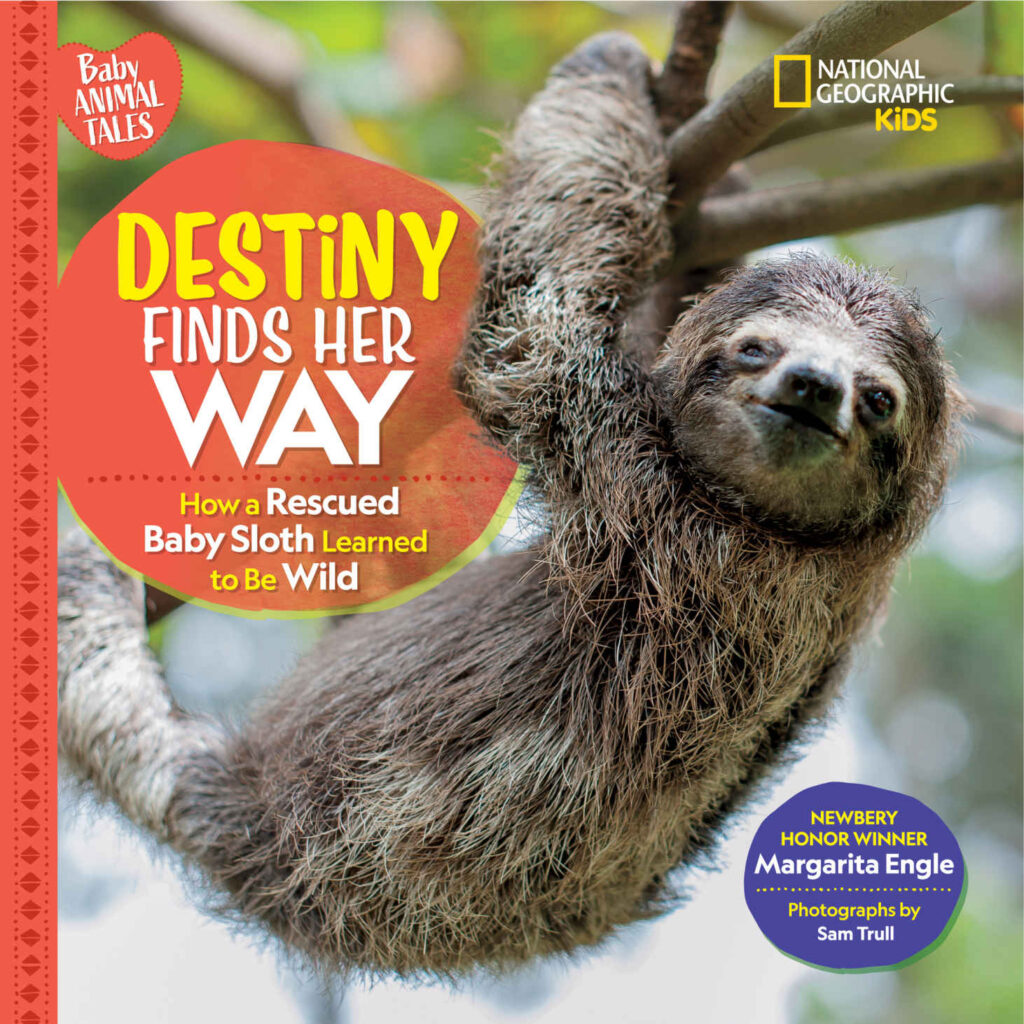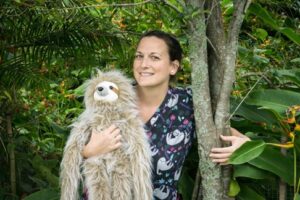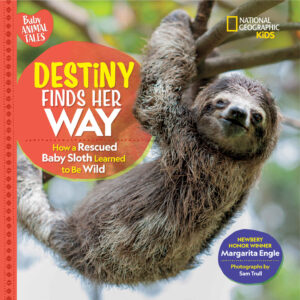The Manifestor Prophecy
Author: Angie Thomas
Published April 4th, 2023 by Blazer + Bray
Summary: Internationally bestselling superstar author Angie Thomas makes her middle grade debut with the launch of an inventive, hilarious, and suspenseful new contemporary fantasy trilogy inspired by African American history and folklore.
It’s not easy being a Remarkable in the Unremarkable world. Some things are cool—like getting a pet hellhound for your twelfth birthday. Others, not so much—like not being trusted to learn magic because you might use it to take revenge on an annoying neighbor.
All Nic Blake wants is to be a powerful Manifestor like her dad. But before she has a chance to convince him to teach her the gift, a series of shocking revelations and terrifying events launch Nic and two friends on a hunt for a powerful magic tool she’s never heard of…to save her father from imprisonment for a crime she refuses to believe he committed.
“All the brilliance you’d expect from Angie Thomas: a page-turning plot, pitch-perfect characters, heart and substance, and real stakes that real kids will care about—plus magic! This is one of those rare books that will instantly become the best friend you didn’t know you needed. Nic Blake and the Remarkables is nothing short of a triumph. When’s the next installment, please?” — Rick Riordan, #1 New York Times bestselling author of the Percy Jackson and the Olympians series
“Packed with humor and bursting with heart and imagination, Nic’s story will enchant readers of all ages!” — B.B. Alston, #1 New York Times bestselling author of Amari and the Night Brothers
“Exploding with heart, humor, and all things Black Girl Magic, Nic Blake and the Remarkables is a triumph of friendship and Black Southern folklore and history.’ — Dhonielle Clayton, New York Times bestselling author of The Marvellers
“This book is no-holds-barred, fly by the seat of your pants (and other methods) trip to the corner of Thrill Street and Wonder Avenue. Nic Blake is amazing!” — Kwame Mbalia, author of the Tristan Strong series
About the Author: Angie Thomas is the author of the award-winning, #1 New York Times bestselling novels The Hate U Give, On the Come Up, and Concrete Rose as well as Find Your Voice: A Guided Journal for Writing Your Truth. She is also a coauthor of the bestselling collaborative novels Blackout and Whiteout. Angie divides her time between her native Jackson, Mississippi and Atlanta, Georgia. You can find her online at www.angiethomas.com.
Review: This book is a dream of Angie Thomas’s. She wanted to create a book that was for a younger her who LOVED fantasy. This book allows her to world build, and she hopes to bring her readers the same joy that she felt reading fantasy (https://www.publishersweekly.com/pw/by-topic/childrens/childrens-authors/article/90215-pw-talks-with-angie-thomas.html), and I am happy to say, that she does just that (and more because she includes history, too)!
Although the world building is great and it is right up the alley for students who love middle grade contemporary fantasy adventures and the pacing is perfect, which keeps the reader reading, it was Nic Blake’s voice that truly sold me. It is fantastic! She is sassy and strong and witty! She is someone you root for right away and also trust as a character, which is important in these types of fantasy novels.
Discussion Questions:
- How does Nic deal with her life turning upside down? What does this tell you about her character?
- How does the author intertwine history within her fantasy novel? What do you think her purpose of doing this is?
- What folklore influences Thomas’s story?
- What are the different character traits of the trio? How do they complement each other? How do the three of them compare/contrast to the original trio of Nic’s mom, dad, and godfather?
- How does Nic’s story compare to the hero’s journey?
Book Trailer:
Read This If You Love: The Marvellers by Dhonielle Clayton, Amari series by B.B. Alston, Tristan Strong series by Kwame Mbalia, Ring of Solomon by Aden Polydoros, Dragons in a Bag series by Zetta Elliott, Troubled Girls of Dragomir Academy by Anne Ursu
Recommended For:
**Thank you to Spark Point Studio for providing a copy for review!**




















